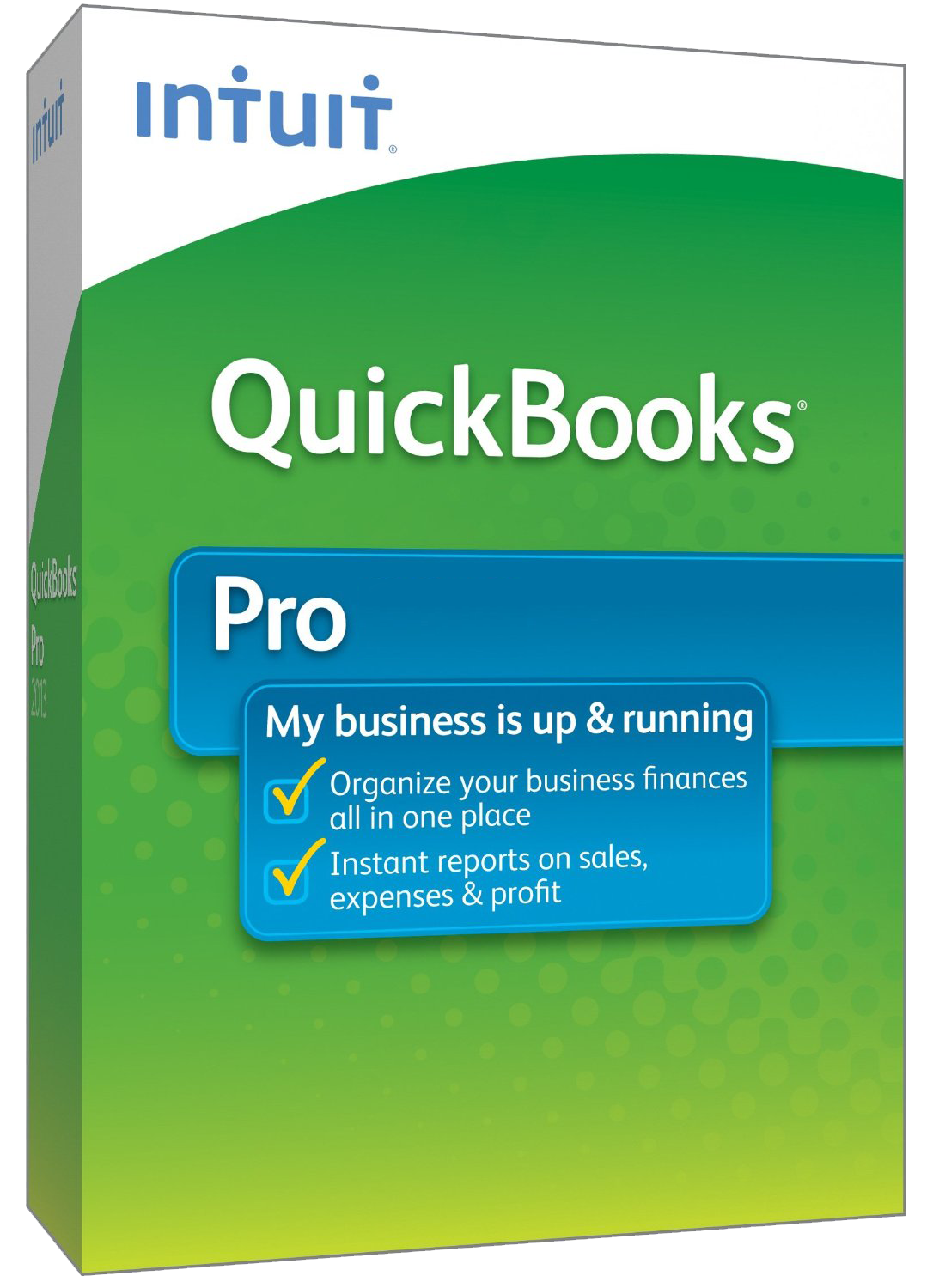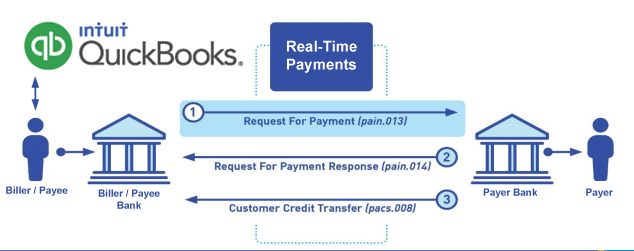QuickBooks® Checks Outstanding Reconciliation Invoicing
The Best Solution for Checks Outstanding Reconciliation in QuickBooks®
Today Payments is an Authorized Developer of Intuit offering a highly robust app that supports both QuickBooks’ desktop and online customers, provide merchants with the tools they need so they can focus more time on their customers and businesses, and less time on data entry. "Our Integrated payment solutions can save a typical small business owner more than 180 hours each year"
"Our Integrated payment solutions can save a typical small business owner more than 180 hours each year"See
the features
QuickBooks® ACH, Cards, FedNow and Real-Time Payments
- Payment processing for all QuickBooks desktop, Pro, Premier, Enterprise and also QBO QuickBooks Online Our software is designed for simplicity and ease-of-use.


- ~ Automate Account Receivable Collection
- ~ Automate Account Payable Payments
- ~ One-time and Recurring Debits / Credits
Secure QB Plugin payment processing through QuickBooks ® specializes in the origination of moving money electronically.
Ask about our special:
Request for Payments
If you want to reconcile outstanding checks using an Excel template and then upload the data into QuickBooks Online (QBO) or QuickBooks Desktop, you can follow these steps:
1. Create an Excel Reconciliation Template:
- Headers:
- Create an Excel spreadsheet with headers such as Check Number, Check Date, Payee, Amount, and Status.
- Data Entry:
- Enter the details of each outstanding check into the spreadsheet.
2. Check Status:
- Status Column:
- Include a "Status" column to indicate whether the check is outstanding, void, or cleared.
- Status Update:
- Update the status of each check as you reconcile them with your bank statement.
3. Reconciliation Process in Excel:
- Bank Statement Comparison:
- Compare the information in your Excel template with the corresponding entries in your bank statement.
- Mark Cleared Checks:
- As you identify cleared checks in the bank statement, mark them as cleared in your Excel template.
- Voided Checks:
- Identify any voided checks and mark them accordingly.
4. Analysis and Adjustment:
- Discrepancies:
- Investigate and resolve any discrepancies between the Excel template and the bank statement.
- Adjustments:
- Make any necessary adjustments to your accounting records or the Excel template to ensure accuracy.
5. Import into QuickBooks:
- Export Data from Excel:
- Save your Excel template as a CSV file.
- QuickBooks Import:
- In QuickBooks Online, go to the "Banking" menu and select "File upload" or "Upload a file."
- Follow the instructions to upload the CSV file.
- Map Fields:
- Map the fields in your CSV file to the corresponding fields in QuickBooks during the import process.
- Review and Confirm:
- Review the imported data in QuickBooks and confirm the transactions.
6. Final Steps:
- Save and Update:
- Save your Excel reconciliation template for future reference and update it regularly.
- Regular Reconciliation:
- Perform check reconciliation regularly to keep your financial records accurate.
7. Automation (if available):
- Automation in QuickBooks:
- Explore automation features in QuickBooks that can streamline the reconciliation process.
- Integration:
- Consider using third-party tools or integrations that facilitate data transfer between Excel and QuickBooks.
Always ensure that your CSV file is properly formatted, and the data aligns with the fields in QuickBooks during the import process. Additionally, check for any updates or new features in QuickBooks that may enhance the import functionality. If you are using QuickBooks Desktop, the process is similar but may vary slightly based on the version.

Call us, the .csv and or .xml Request for Payment (RfP) file you need while on your 1st phone call! We guarantee our reports work to your Bank and Credit Union. We were years ahead of competitors recognizing the benefits of RequestForPayment.com. We are not a Bank. Our function as a role as an "Accounting System" in Open Banking with Real-Time Payments to work with Billers to create the Request for Payment to upload the Biller's Bank online platform. U.S. Companies need help to learn the RfP message delivering their bank. Today Payments' ISO 20022 Payment Initiation (PAIN .013) show how to implement Create Real-Time Payments Request for Payment File up front delivering message from the Creditor (Payee) to it's bank. Most banks (FIs) will deliver the message Import and Batch files for their company depositors for both FedNow and Real-Time Payments (RtP). Once uploaded correctly, the Creditor's (Payee's) bank continuing through a "Payment Hub", will be the RtP Hub will be The Clearing House, with messaging to the Debtor's (Payer's) bank.
Our in-house QuickBooks payments experts are standing ready to help you make an informed decision to move your company's payment processing forward.
Pricing with our Request For Payment Professionals

1) Free ISO 20022 Request for Payment File Formats, for FedNow and Real-Time Payments (The Clearing House) .pdf for you manually create "Mandatory" (Mandatory data for completed file) fields, start at page 4, with "yellow" highlighting. $0.0 + No Support
2) We create .csv or .xml formatting using your Bank or Credit Union. Create Multiple Templates. Payer/Customer Routing Transit and Deposit Account Number may be required to import with your bank. You can upload or "key data" into our software for File Creation of "Mandatory" general file.
Fees = $57 monthly, including Support Fees and Batch Fee, Monthly Fee, User Fee, Additional Payment Method on "Hosted Payment Page" (Request for file with an HTML link per transaction to "Hosted Payment Page" with ancillary payment methods of FedNow, RTP, ACH, Cards and many more!) + $.03 per Transaction + 1% percentage on gross dollar file,
3) Payer Routing Transit and Deposit Account Number is NOT required to import with your bank. We add your URI for each separate Payer transaction.
Fees Above 2) plus $29 monthly additional QuickBooks Online "QBO" formatting, and "Hosted Payment Page" and WYSIWYG
4) Above 3) plus Create "Total" (over 600 Mandatory, Conditional & Optional fields of all ISO 20022 Pain .013) Price on quote.
